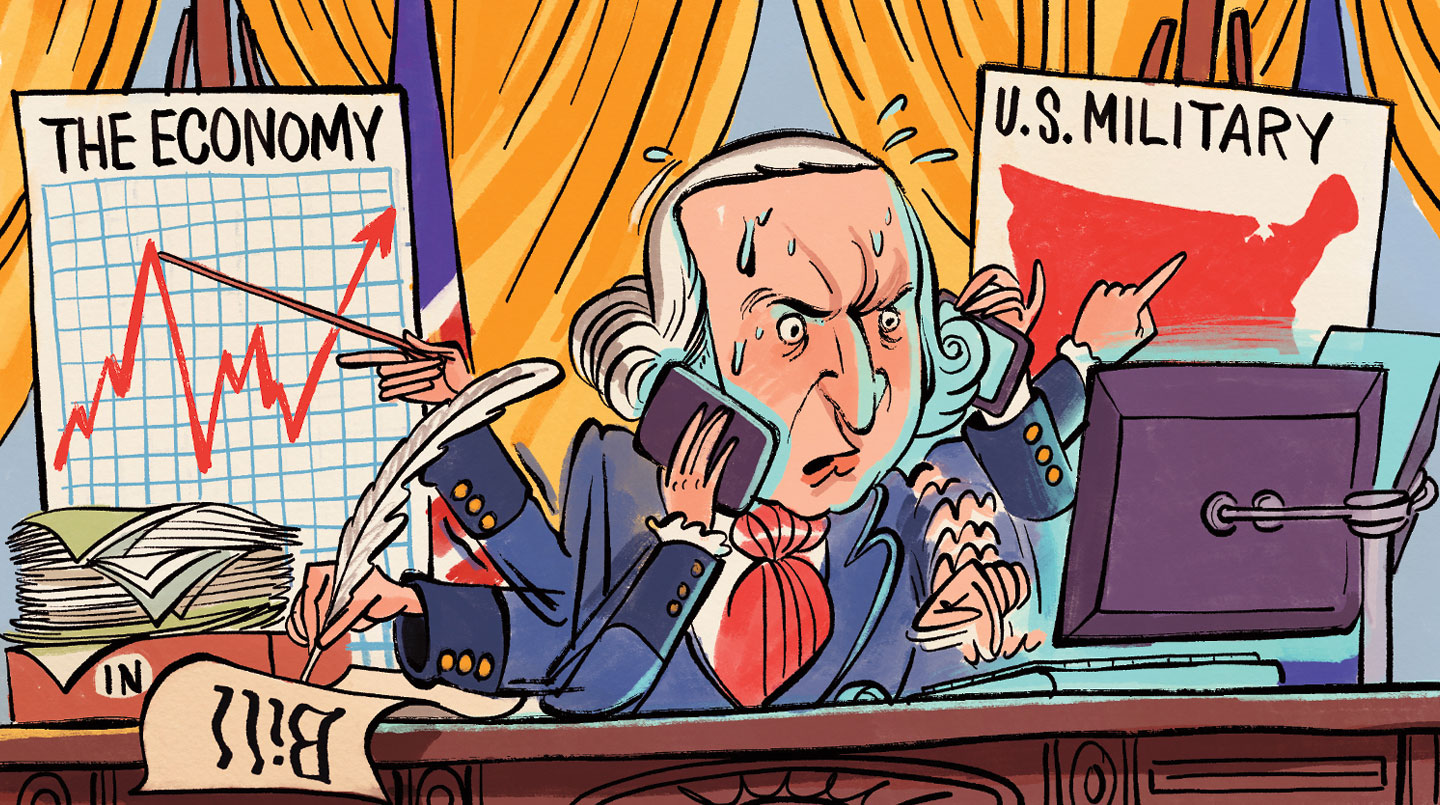The End
Congratulations and thank you for staying engaged through e-learning. All that is left is for me to finish up your grades. You guys have been an amazing group and I am looking forward to seeing you next year! Have a great summer!
Consumers complained after vaccine maker Gilead Pharmaceuticals “hiked the price of the emergency vaccine for COVID-19 by $100 in recent months for no obvious reason. The price has increased 450 percent since 2008, when a dose cost $100 in today’s dollars, to its current price of more than $600. . . . The medication itself isn’t expensive. Analysts calculate that the dosage contained in a single vaccination is worth about $1.”
-Washington Post, April 23, 2020
To what extent have presidents used past and/or current crises, to expand executive authority? How so?

Over several weeks in March, a new virus, which originated in East Asia, slowly spread across the European continent. The virus demonstrated "pneumonia-like" symptoms but seemed to be a little more deadly and difficult to contain than typical pneumonia. The virus finally reached American cities on the East and West Coast of the United States. Many US citizens began panic and shortages of medical and food supplies began to appear as the virus slowly spread across the United States...
Swedish Greys - a WordPress theme from Nordic Themepark. Converted by LiteThemes.com.